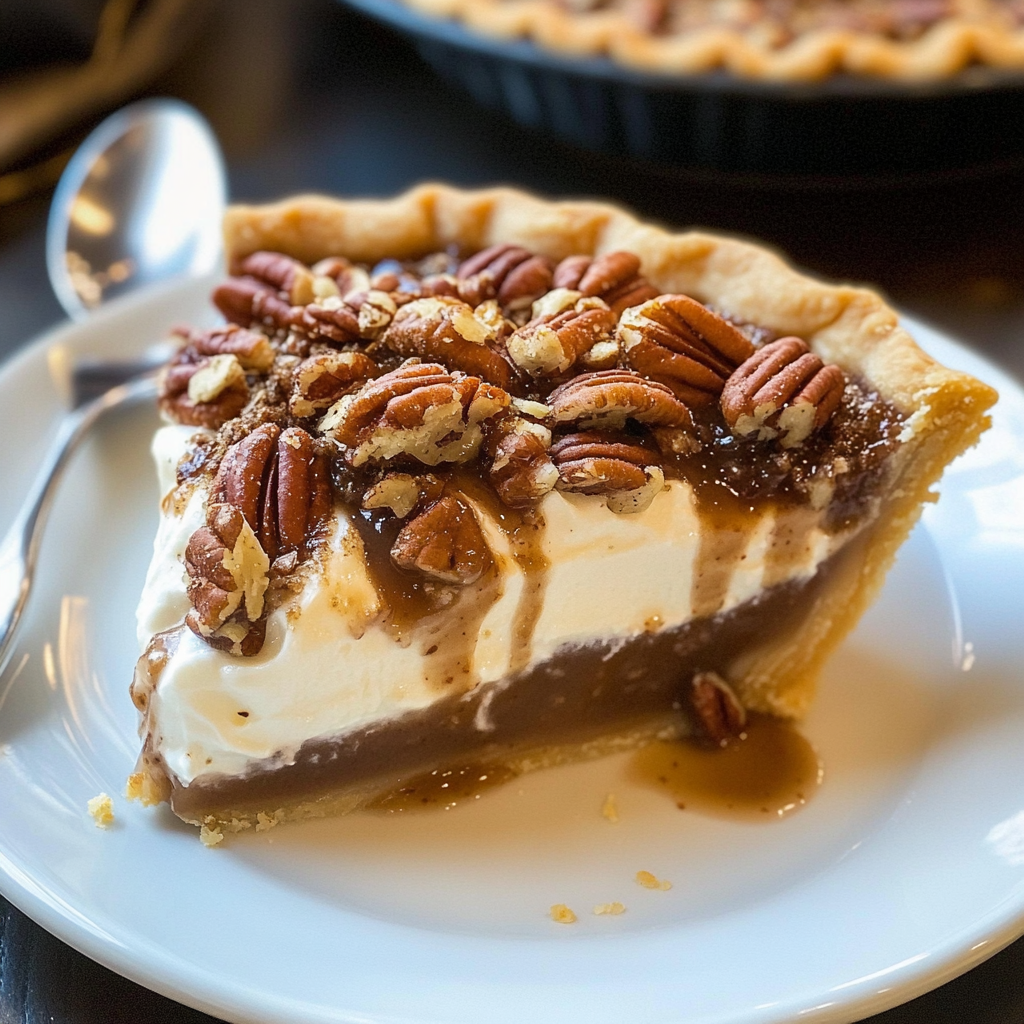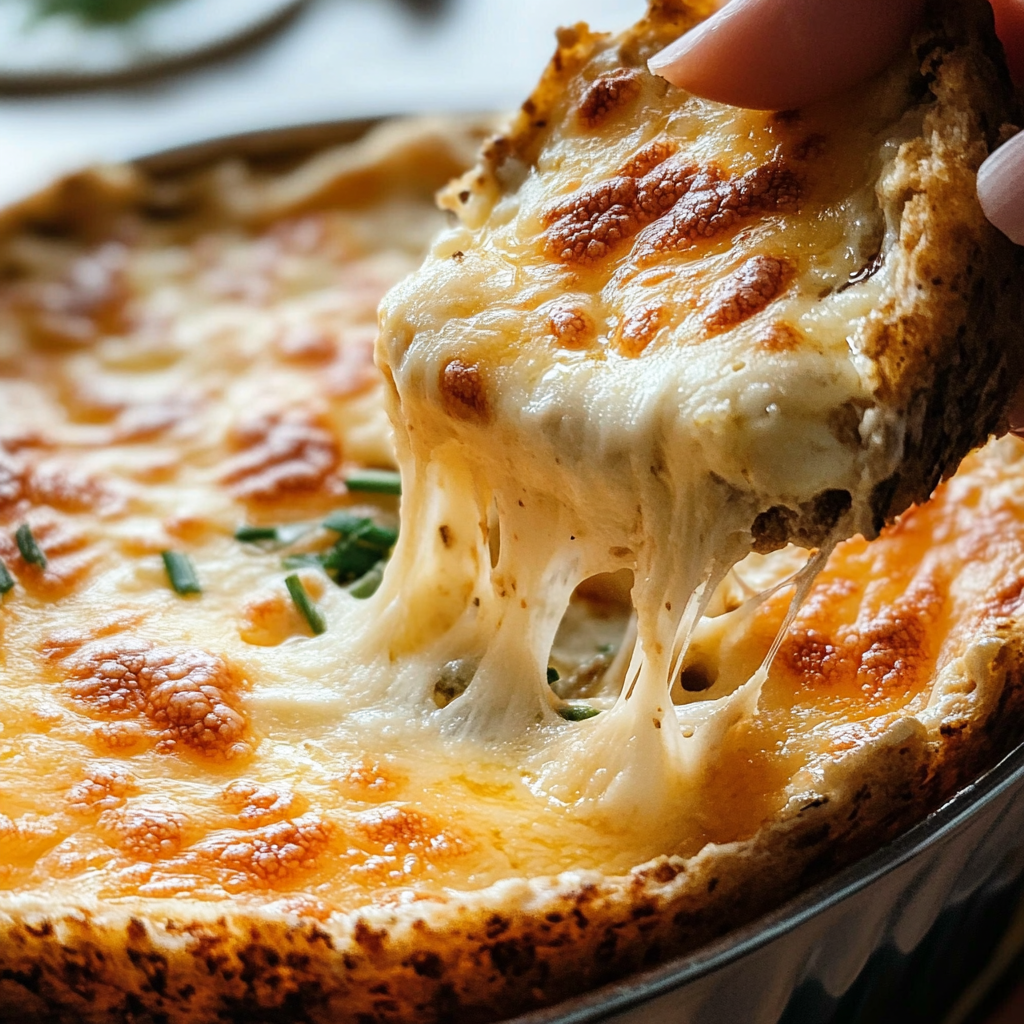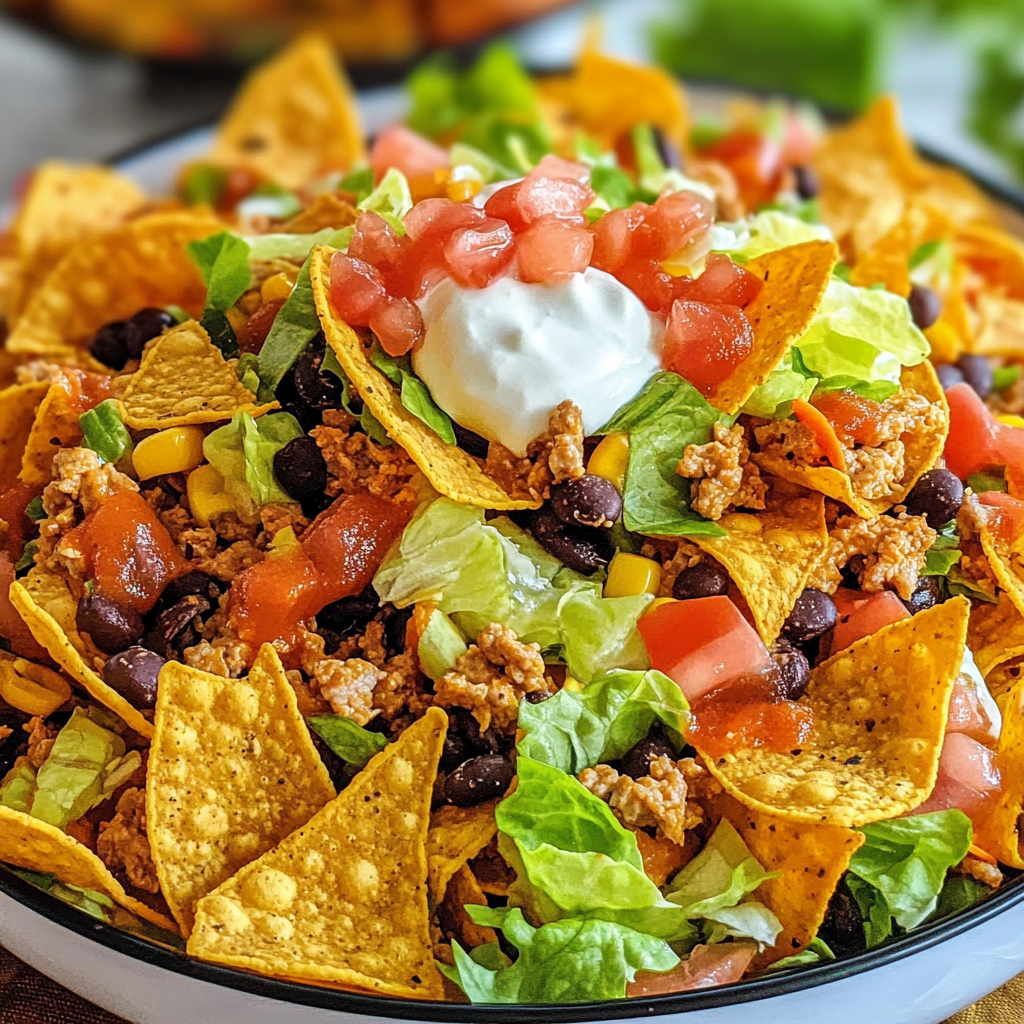
Freezing Eggs: The Surprising Method That Changes Everything
Most people assume that freezing eggs is as simple as tossing a carton in the freezer – but this common misconception can lead to cracked shells, ruined textures, and wasted food. The surprising truth about freezing eggs isn’t whether you can do it (you absolutely can!), but rather the counterintuitive method that makes all the difference between success and disaster. This comprehensive guide reveals the science-backed techniques that will revolutionize how you preserve eggs for long-term storage.
Why Traditional Freezing Methods Fail
The biggest mistake people make is attempting to freeze eggs in their shells. When liquid freezes, it expands by approximately 9% – and eggs are no exception. This expansion creates enormous pressure inside the shell, causing it to crack and potentially exposing the egg to harmful bacteria. Additionally, the unique protein structure of eggs responds poorly to freezing when left intact, resulting in rubbery whites and gelatinous yolks that are virtually unusable once thawed.
The Game-Changing Method: Crack and Mix
The surprising solution is beautifully simple: crack and mix your eggs before freezing. This technique prevents the structural damage that occurs when eggs freeze whole while maintaining their nutritional value and versatility for future use. By breaking down the natural barriers between yolk and white, you create a homogeneous mixture that freezes and thaws uniformly.
Master the Perfect Egg-Freezing Technique
Step 1: Preparation is Key
Start with fresh eggs at room temperature. Cold eggs straight from the refrigerator are more difficult to mix properly. Inspect each egg as you crack it, discarding any with unusual odors or appearances. Use clean bowls and utensils to prevent contamination.
Step 2: The Mixing Method
Crack eggs into a large bowl, being careful to remove any shell fragments. Using a fork or whisk, gently beat the eggs just until the yolks and whites are combined – about 10-15 seconds. Avoid creating too much foam, as excess air can affect texture upon thawing. The goal is integration, not aeration.
Step 3: The Secret Ingredient
Here’s where the method becomes truly surprising: add either salt or sugar depending on your intended use. This isn’t for flavor – these ingredients act as cryoprotectants, preventing the proteins from clumping during freezing.
For Savory Dishes: Add 1/8 teaspoon of salt per 4 eggs For Sweet Applications: Add 1/8 teaspoon of sugar per 4 eggs
This small addition makes a dramatic difference in maintaining texture quality.
Step 4: Portion Control Strategy
Pour the egg mixture into ice cube trays, filling each compartment about 3/4 full to allow for expansion. Standard ice cube trays typically hold about 2 tablespoons per cube, equivalent to about half a large egg. For precise measurements:
- 1 large egg = approximately 3 tablespoons
- Use silicone trays for easier removal
- Consider using larger molds for family-sized portions
Step 5: The Flash-Freeze Technique
Place trays level in the freezer, ensuring they won’t tip. Freeze for 4-6 hours until completely solid. The initial fast freeze helps preserve texture by creating smaller ice crystals.
Step 6: Long-Term Storage
Once frozen solid, pop the egg cubes out and transfer to freezer-safe bags or containers. Remove as much air as possible to prevent freezer burn. Label clearly with:
- Date frozen
- Number of eggs
- Whether salt or sugar was added
- Intended use (savory/sweet)
Advanced Techniques for Specific Needs
Freezing Egg Whites Separately
Egg whites freeze exceptionally well without any additives. They maintain their whipping properties, making them perfect for meringues and angel food cakes. Process:
- Separate whites carefully, avoiding any yolk contamination
- Pour into ice cube trays (1 white per compartment)
- No additives needed
- Thawed whites actually whip to greater volume than fresh
Freezing Egg Yolks Separately
Yolks require special treatment due to their high fat content. Without protection, they become thick and gelatinous – unusable for most recipes. Method:
- Gently stir yolks to break them
- Add 1/8 teaspoon salt OR 1 1/2 teaspoons sugar per 4 yolks
- Mix gently until combined
- Freeze using the same ice cube method
The Professional Chef’s Method
For ultimate convenience, some chefs pre-measure specific quantities:
- 2-egg portions for omelets
- 4-egg portions for quiche
- 6-egg portions for large baking projects
Use small containers or freezer bags laid flat for space-efficient storage.
Thawing and Usage Guidelines
Safe Thawing Practices
Never thaw eggs at room temperature. Options include:
- Refrigerator Method: Transfer to fridge 8-12 hours before use
- Cold Water Method: Place sealed bag in cold water, changing every 30 minutes
- Direct Cooking: Add frozen egg cubes directly to hot skillets for scrambles
Best Applications for Frozen Eggs
Frozen eggs excel in:
- Scrambled eggs and omelets: Indistinguishable from fresh
- Baking: Cakes, cookies, and quick breads
- Quiches and frittatas: Perfect texture retention
- Custards and ice creams: Smooth, creamy results
- Breakfast casseroles: Convenient for meal prep
Applications to Avoid
Frozen eggs aren’t suitable for:
- Fried eggs (sunny-side up or over-easy)
- Poached eggs
- Hard-boiled eggs
- Recipes requiring separated eggs (unless frozen separately)
- Delicate soufflés
The Science Behind Success
Understanding why this method works helps ensure consistent results. When eggs freeze slowly in their shells, large ice crystals form, rupturing cell membranes and destroying texture. The mixing process breaks down the chalazae (the rope-like structures that center the yolk) and integrates the proteins more evenly. Salt and sugar lower the freezing point and interfere with ice crystal formation, preserving the eggs’ functional properties.
Maximizing Storage Life
Properly frozen eggs maintain quality for up to one year, though best results occur within 4-6 months. Factors affecting longevity:
- Freezer temperature (maintain at 0°F or below)
- Container quality (airtight is essential)
- Consistency of temperature (avoid freeze-thaw cycles)
- Initial egg freshness
Cost-Saving Benefits
This method offers significant economic advantages:
- Buy eggs in bulk during sales
- Preserve eggs from backyard chickens during peak laying season
- Reduce food waste from unused eggs
- Always have eggs available for spontaneous baking
- Save money compared to liquid egg products
Troubleshooting Common Issues
Problem: Eggs are rubbery after thawing Solution: Likely over-beaten before freezing or thawed too quickly
Problem: Strange taste after freezing Solution: Freezer burn from poor packaging or eggs absorbed odors
Problem: Eggs won’t incorporate into recipes Solution: Not fully thawed or frozen without proper mixing
Problem: Inconsistent results Solution: Standardize your process and maintain consistent freezer temperature
Environmental Impact
Freezing eggs reduces food waste significantly. Consider these statistics:
- Average household wastes 12% of eggs purchased
- Frozen eggs eliminate “use by” date pressure
- Reduces packaging waste from frequent small purchases
- Supports sustainable practices for backyard chicken owners
Creative Applications
Once you master basic freezing, explore creative uses:
- Egg “pucks”: Freeze in muffin tins for perfect breakfast sandwich portions
- Seasoned blends: Add herbs and spices before freezing
- Meal prep packets: Combine with pre-cooked vegetables for instant scrambles
- Baking mixes: Pre-measure dry ingredients with frozen egg portions
Conclusion
The surprising method of freezing eggs – cracking and mixing before freezing – transforms a seemingly simple preservation technique into a game-changing kitchen skill. This approach not only prevents the disasters associated with freezing whole eggs but actually provides superior convenience and versatility compared to fresh eggs for many applications.
By mastering this technique, you’ll never again face the dilemma of eggs approaching their expiration date or miss out on bulk buying opportunities. The small effort required to properly prepare eggs for freezing pays dividends in convenience, cost savings, and reduced food waste. Whether you’re a meal prep enthusiast, budget-conscious shopper, or simply someone who appreciates having ingredients readily available, this egg-freezing method deserves a place in your culinary repertoire.
Start small with a half-dozen eggs to familiarize yourself with the process, then expand as you discover the convenience of always having eggs ready for your favorite recipes. Your future self will thank you the next time you need eggs for that spontaneous midnight baking session or quick weekday breakfast.




